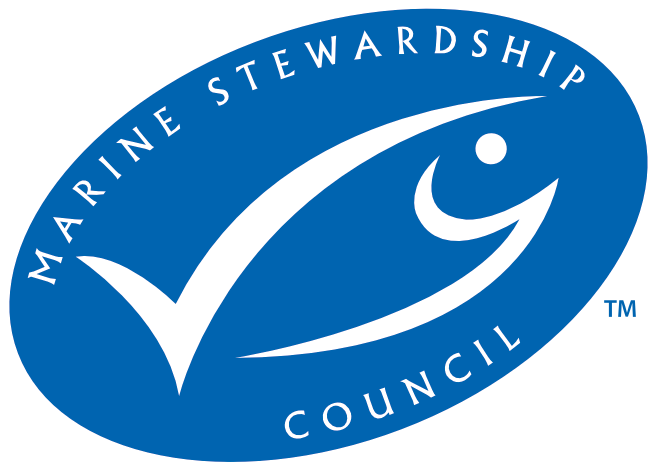
- Certifier :
- Global Trust Certification Ltd.
- Certified status :
- Certified
- Certified since :
- 23 Mar 2010
- Certificate expires :
- 08 May 2026
Overview
Fisheries are composed of one or more parts, each of which is entitled to receive an MSC certificate. These parts or “units” are defined by their target stock(s), fishing gear type(s) and if relevant vessel type(s), and the fishing fleets or groups of vessels.
When the term “Unit of Certification” is used for fishing units that are in assessment, it refers to the “Unit of Assessment” or “Unit of potential certification”. Expand a status below to view the parts that form this fishery. To check the detailed scope, download the latest certificate or open the Assessments page to get the latest report. Find out more by visiting our page on Fisheries
Catch by Species
| Species | Reported Catch Year | Metric Tonnes |
|---|---|---|
| Albacore tuna (Thunnus alalunga) | 2023 | 1,143 |
Information is provided by an independent Conformity Assessment Body as live weight (the weight of species at the time of catch, before processing) and where a fishing season covers multiple years, the end year is given as the reported catch year. Additional information is available in the latest report, see the assessments page.
Eligibility, client groups and vessel lists
A fishery may choose to define the members of the fishery certificate. These members can be vessels or other client group members (e.g. companies that own vessels and/or companies that are named as eligible to handle certified product covered within the fishery certificate scope). Please refer to the fishery certificate statement on additional product specific eligibility criteria (e.g. product eligibility limitations, eligibility date, exclusive points of landing and the point where Chain of Custody certificate is required). Please consult the fishery Public Certification Report for product eligibility rationale.
| Documents | Published on | Files |
|---|---|---|
| List of client group members | 04 Jul 2025 | 1 files |
About this Fishery
Albacore tuna is a highly migratory tuna found in all of the global oceans and the Mediterranean Sea. In the Pacific Ocean there are two separate and distinct stocks of albacore, in the North Pacific and the South Pacific.
Pacific albacore stocks are generally seen as at healthy levels, and the troll-and-jig fishing method used by the Canadian fishery helps to keep them that way.
Small boats – usually a captain and one or two crew – tow lines with barbless hooks, which reduces bycatch. Instead of live bait, they use artificial lures (jigs) so smaller fish don’t need to be caught to attract the tuna. The fish are caught and hauled in one at a time.
Albacore tuna swim through many countries' waters. Quotas have not been set for individual countries, but the CHMSF has agreed not to increase its fishing capacity so as not to increase the pressure on Pacific tuna stocks.
"There's no bait; we don't use another resource to catch our resource. We also use barbless hooks so that we don't have a bycatch issue – we don't catch dolphins, we don’t have sharks, we don’t catch birds. It's considered an extremely clean fishery for that reason." - Lorne Clayton, Executive Director, Canadian Highly Migratory Species Foundation
Market Information
Catch from the offshore fleet is sold primarily to the frozen sashimi market. Catch from the inshore fleet is sold into the canned and blast-bled tuna markets.